In the modern digital landscape, micro-interactions and minimalism are transforming web design. Key trends include a focus on user experience (UX), accessibility with Dark Mode, customizable color schemes, device-agnostic design, 3D interactions, personalized experiences at scale, Voice User Interface (VUI), optimized micro-content loading, and AI-powered design tools. These innovations enhance interactivity, aesthetics, and usability, setting new standards for engaging and inclusive web experiences.
In the ever-evolving digital landscape, staying ahead of the curve is paramount. This article explores the latest web design trends that are reshaping online experiences. From micro-interactions and minimalist aesthetics to dark mode adaptations and cutting-edge 3D elements, we delve into innovative ideas transforming modern websites. Discover how AI tools streamline creation, personalized experiences captivate users, and voice interfaces redefine navigation. These trends not only enhance user engagement but also ensure your online presence stands out in today’s competitive market.
Micro-interactions: Enhancing User Experience with Tiny Animations
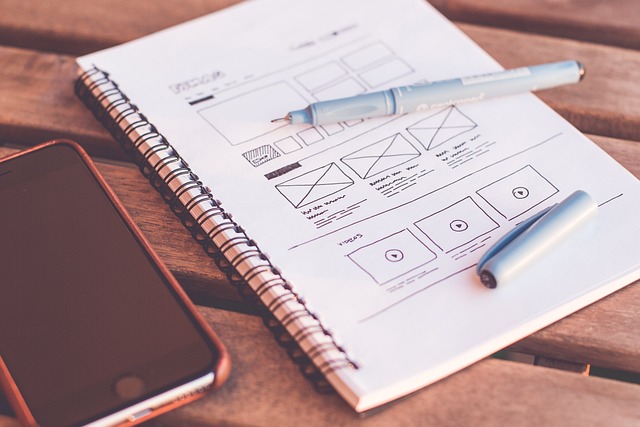
In the realm of modern web design, micro-interactions have emerged as a powerful tool to enhance user experience (UX). These tiny animations, often overlooked, can significantly impact how users interact with digital interfaces. By integrating subtle visual feedbacks into user actions, micro-interactions create a seamless and engaging experience, making the interaction more intuitive and enjoyable. In today’s digital era, where attention spans are limited, these latest web design trends play a crucial role in capturing and retaining user interest.
From button presses to form submissions, micro-animations add a layer of refinement to web design. They provide immediate visual reinforcement, reassuring users that their actions have been registered, thus fostering a sense of control and satisfaction. As the user experience continues to evolve, these innovative techniques are sure to revolutionize web interfaces, setting new standards for interactivity and aesthetics in the latest web design trends.
Minimalist Design: Embracing Simplicity for Modern Websites
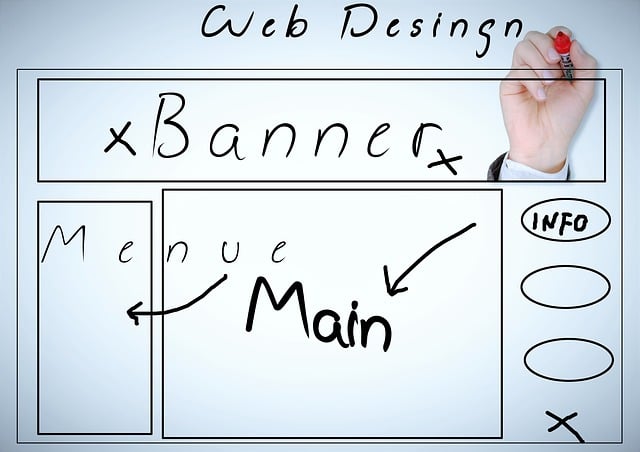
In the realm of modern web design, minimalism is making a powerful comeback as one of the latest web design trends. This approach emphasizes simplicity and clean lines, focusing on content and functionality over intricate details. By stripping down excess elements, minimalist designs create an uncluttered and visually appealing user experience. Websites built with this aesthetic often use ample white space, bold typography, and limited color palettes to draw attention to core elements, making navigation intuitive and engaging.
Adopting a minimalist design strategy aligns perfectly with the evolving expectations of today’s users who prefer straightforward and efficient interfaces. It allows designers to communicate complex ideas in a clear, concise manner, ensuring that websites remain accessible and user-friendly across various devices. This trend continues to gain traction as businesses seek to create a strong online presence that resonates with modern audiences, setting the stage for more intuitive and captivating digital experiences.
Dark Mode and Color Schemes: Adapting to User Preferences

In the realm of modern web design, user experience and accessibility are at the forefront, with a focus on adapting to individual preferences. One of the latest web design trends that has gained significant traction is Dark Mode. This feature caters to users who prefer a more subtle, less straining visual experience, especially in low-light environments. By offering a dark color scheme option, websites can appeal to a diverse audience and enhance user satisfaction.
Color schemes play a pivotal role in setting the tone and atmosphere of a website, making it essential for designers to stay updated with the latest web design trends. Users often have specific aesthetic preferences, and by providing customizable color options, developers enable personalized interactions. This simple yet powerful feature not only improves usability but also ensures that websites remain visually appealing and engaging, aligning with the evolving expectations of digital consumers.
Responsive Design Evolution: Going Beyond Mobile-Friendly
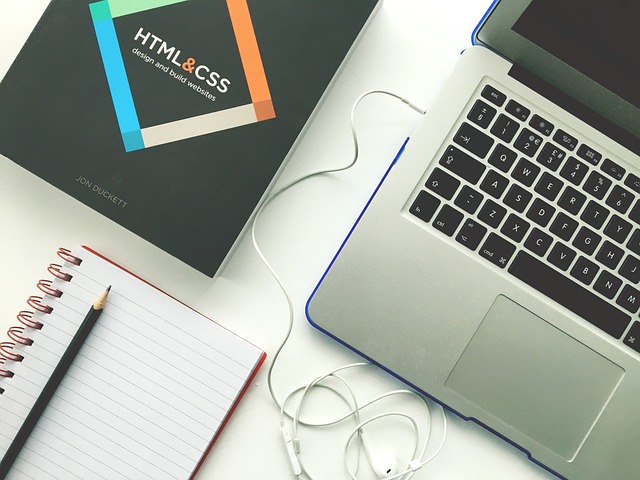
The evolution of responsive design has been a game-changer in the world of web design, but it’s time to move beyond simply creating mobile-friendly websites. The latest web design trends focus on adapting to all user devices and screen sizes, ensuring an optimal experience across desktops, tablets, and smartphones. This shift from mobile-first to device-agnostic design is driven by the growing diversity of digital consumption habits.
Today’s users expect seamless interaction regardless of their preferred platform. Web designers are incorporating advanced techniques such as dynamic content loading, flexible layouts, and intuitive navigation to deliver personalized experiences tailored to individual user needs. By embracing these innovations, designers can create truly versatile websites that not only satisfy but also captivate a wide range of audiences, setting new standards for the future of web design.
3D and Interactive Elements: Bringing Web Designs to Life
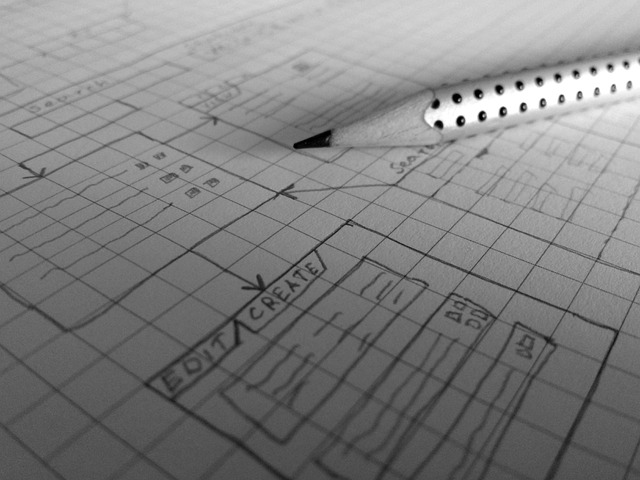
In the realm of latest web design trends, incorporating 3D and interactive elements is a game-changer that captivates users and elevates digital experiences. By integrating three-dimensional graphics and dynamic interactions, web designers can transform static websites into vibrant, immersive environments. This innovative approach not only enhances visual appeal but also encourages user engagement, fostering a deeper connection with the content.
Interactive features such as 3D navigation, animated elements, and touch-based gestures allow users to explore websites in novel ways. These techniques add a layer of depth and interactivity that was previously absent from traditional web design. As a result, folks are drawn into dynamic landscapes where they can interact with elements, uncover hidden content, and experience the website on a whole new level. This shift towards more engaging and immersive designs is reverberating throughout the industry, revolutionizing how users perceive and interact with online platforms.
Personalization at Scale: Tailoring Website Experiences

In today’s digital landscape, personalization at scale is no longer a nice-to-have but an essential component of successful websites. With advancements in technology and data collection methods, designers can now create dynamic and tailored experiences for each user, regardless of their audience size. This approach leverages latest web design trends such as adaptive layouts, smart content loading, and real-time interactions to deliver personalized journeys that resonate with individual preferences.
By utilizing machine learning algorithms and user behavior analytics, websites can anticipate user needs and present relevant content, offers, and recommendations. This not only enhances user engagement but also drives conversions by creating a sense of uniqueness and exclusivity. Embracing personalization at scale allows businesses to stay competitive in the ever-evolving online arena, ensuring that each visitor feels valued and understood.
Voice User Interface (VUI): The Future of Navigation
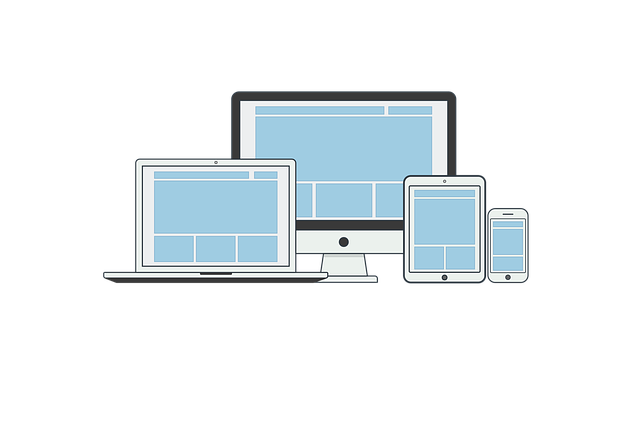
Voice User Interface (VUI) represents a significant shift in how users interact with websites, marking a future where navigation becomes hands-free and more intuitive. As one of the latest web design trends, VUI leverages natural language processing to understand user commands, enabling them to access information and navigate through sites using voice queries. This technology promises to enhance accessibility, especially for individuals with visual impairments or those on the go, by offering a faster, more convenient way to interact with digital content.
By integrating VUI, web designers can create dynamic and responsive interfaces that cater to modern users’ preferences for quick, seamless experiences. The implementation of this technology requires careful consideration of vocabulary, context, and user intent to ensure accurate voice recognition and relevant responses. As the latest web design trends continue to evolve, VUI is poised to play a pivotal role in shaping the future of online interaction, making websites more inclusive and user-friendly.
Micro-content and Slow Loading Times: Optimizing for Engagement
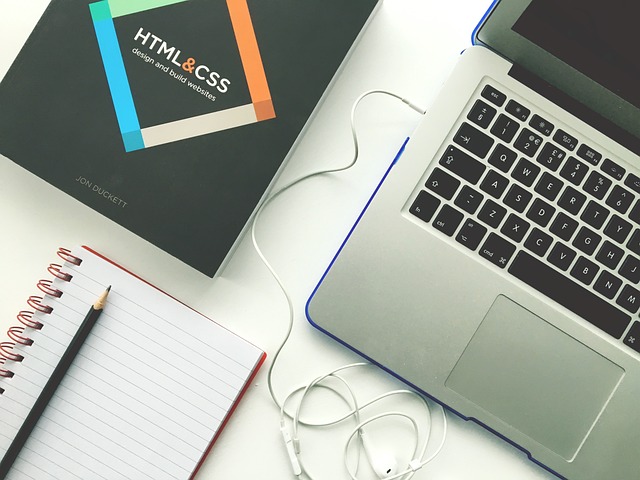
In the realm of modern web design, one of the emerging strategies gaining traction is the utilization of micro-content and optimized loading times to enhance user engagement. As part of the latest web design trends, this approach ensures that content is presented in small, digestible chunks, making it easier for users to navigate and consume information quickly. Micro-content allows designers to break down complex ideas into simple, focused sections, thereby reducing cognitive load and encouraging interactive engagement.
Slow loading times have long been a user experience nightmare, but with advancements in web development technologies, designers now have the tools to combat this issue effectively. By employing optimized images, asynchronous code loading, and content delivery networks (CDNs), websites can significantly reduce their loading times without compromising performance. This strategy not only improves user satisfaction but also boosts search engine rankings, as Google and other engines prioritize fast-loading websites in their algorithms, thus making it a crucial element of the latest web design trends.
AI-Powered Design Tools: Revolutionizing Creative Processes
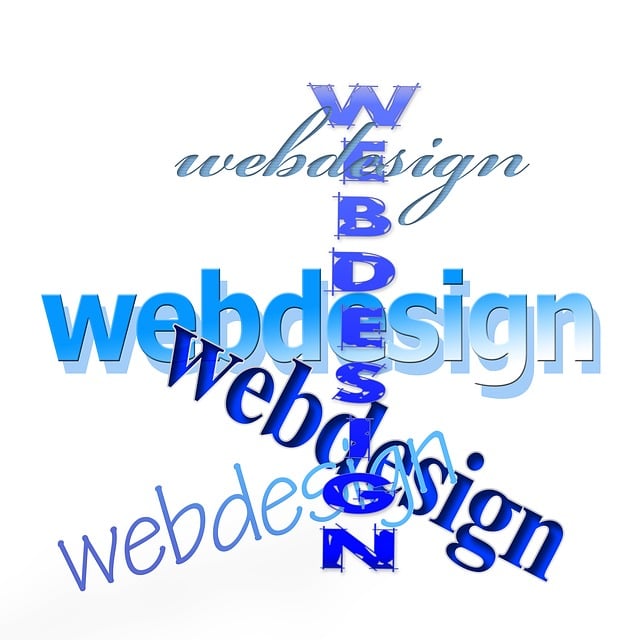
In the realm of web design, AI-powered tools are emerging as game-changers, transforming creative processes and pushing the boundaries of what’s possible in the latest web design trends. These innovative technologies offer designers an array of benefits, from enhanced productivity to unprecedented levels of customization. By leveraging machine learning algorithms, AI design tools can analyze vast datasets, understand user preferences, and generate unique and personalized design concepts in a fraction of the time it would take a human designer.
One notable advantage is the ability to create interactive and responsive layouts effortlessly. AI models can adapt designs for various devices and screen sizes, ensuring an optimal user experience across the board. Moreover, these tools often include intuitive interfaces that simplify complex tasks, allowing designers to focus on creativity while leaving the technical details to the AI. This not only expedites the design process but also opens doors to even more experimental and groundbreaking web design ideas.
